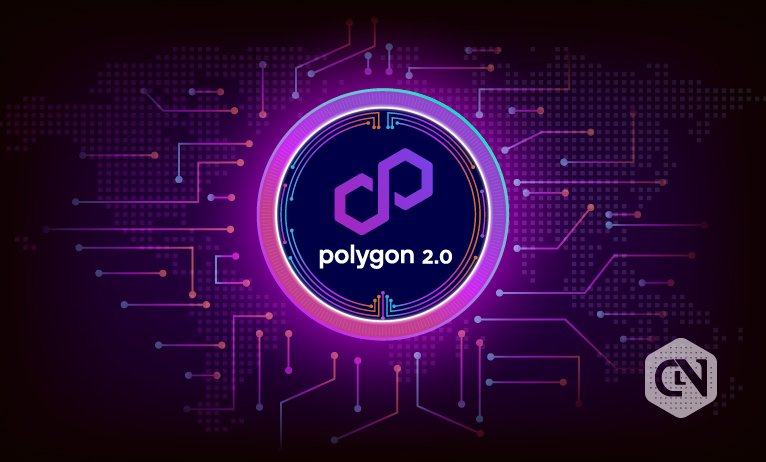
[ad_1]
Polygon has proposed Polygon 2.0 structure by means of an announcement, informing the neighborhood that Polygon is on the sting of turning into the Worth Layer of the Web. The structure of the brand new installment is designed to help limitless scalability and unified liquidity.
There are a complete of 4 protocol layers within the new structure. These are Staking Layer, Interop Layer, Execution Layer, and Proving Layer. Each Layer has a selected operate to carry out and a task to play. Thereby largely contributing to facilitating the essential course of inside the ecosystem.
Staking Layer leverages the potential of Polygon’s MATIC to supply decentralization to Polygon chains which are part of the mechanism. It’s a Proof-of-Stake-based protocol, teased to roll out out-of-the-box options within the mentioned section. Parts that again Staking Layer are a decentralized pool of validators and an in-built staking mannequin.
Validators, by means of Staking Layer, are capable of earn rewards in Polygon tokens together with an extra income stream by means of transaction charges. For sure, the precise rewards rely on the chain they validate. Polygon Chain focuses on use instances and communities with a slight aid within the entrance of infrastructure.
Interop Layer, because the identify practically suggests, allows cross-chain messaging companies. Nonetheless, the power is essentially restricted to working simply contained in the ecosystem. The Layer removes all of the attainable complexities of transactions that occur between completely different chains. This makes approach for the bunch to turn into a single chain through seamless composability and shared entry to native property of Ethereum.
Interop Layer is predicated on the LxLy protocol and derives the idea from Message Queues. Curiously, the LxLy protocol can also be utilized by Polygon zkEVM.
The comfort of cross-chain messages is additional backed by the idea of Aggregator.
The execution Layer allows the manufacturing of sequenced batches of blocks, also called transactions. It really works on each Polygon chain and has a number of parts working for it. This contains P2P, Database, Consensus, Mempool, and Syncing, amongst many others.
Blockchain networks observing the parts embody however usually are not restricted to, Ethereum and Bitcoin. The Execution Layer is frequent for lots of blockchain networks. The one issue that goes in opposition to it’s the complexity concerned in implementation.
Proving Layer has three parts, particularly Widespread Prover, State Machine Constructor, and State Machine. It’s outlined as a performant and versatile proving protocol that’s tasked with offering transactions for all of the chains on Polygon.
Widespread Prover is deployed to show transactions, State Machine Constructor takes up the job of defining state machines, and State Machine, in flip, interprets transactions.
When mixed, the advantages that roll out are effectivity in verification & proof era, easy proof aggregation, defining a distinct ZK state machine, and security in communication that occurs throughout a number of chains.